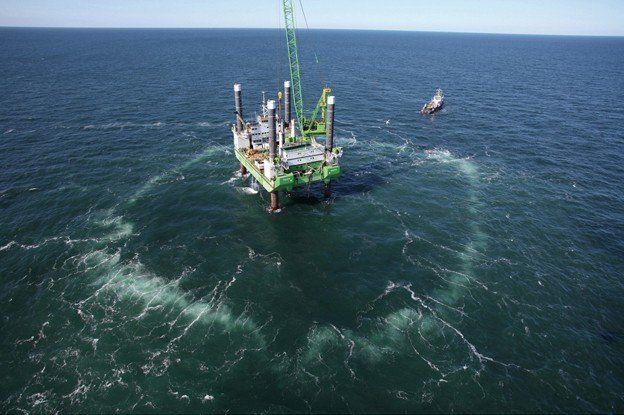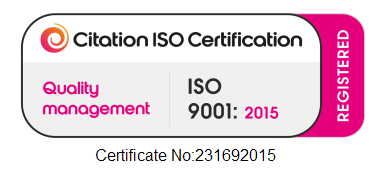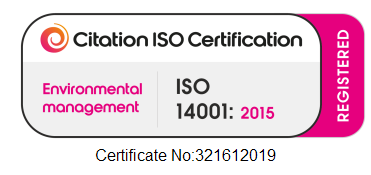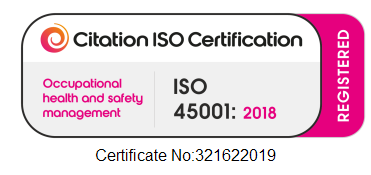New marine mammal exposure criteria from Southall et al. (2019)
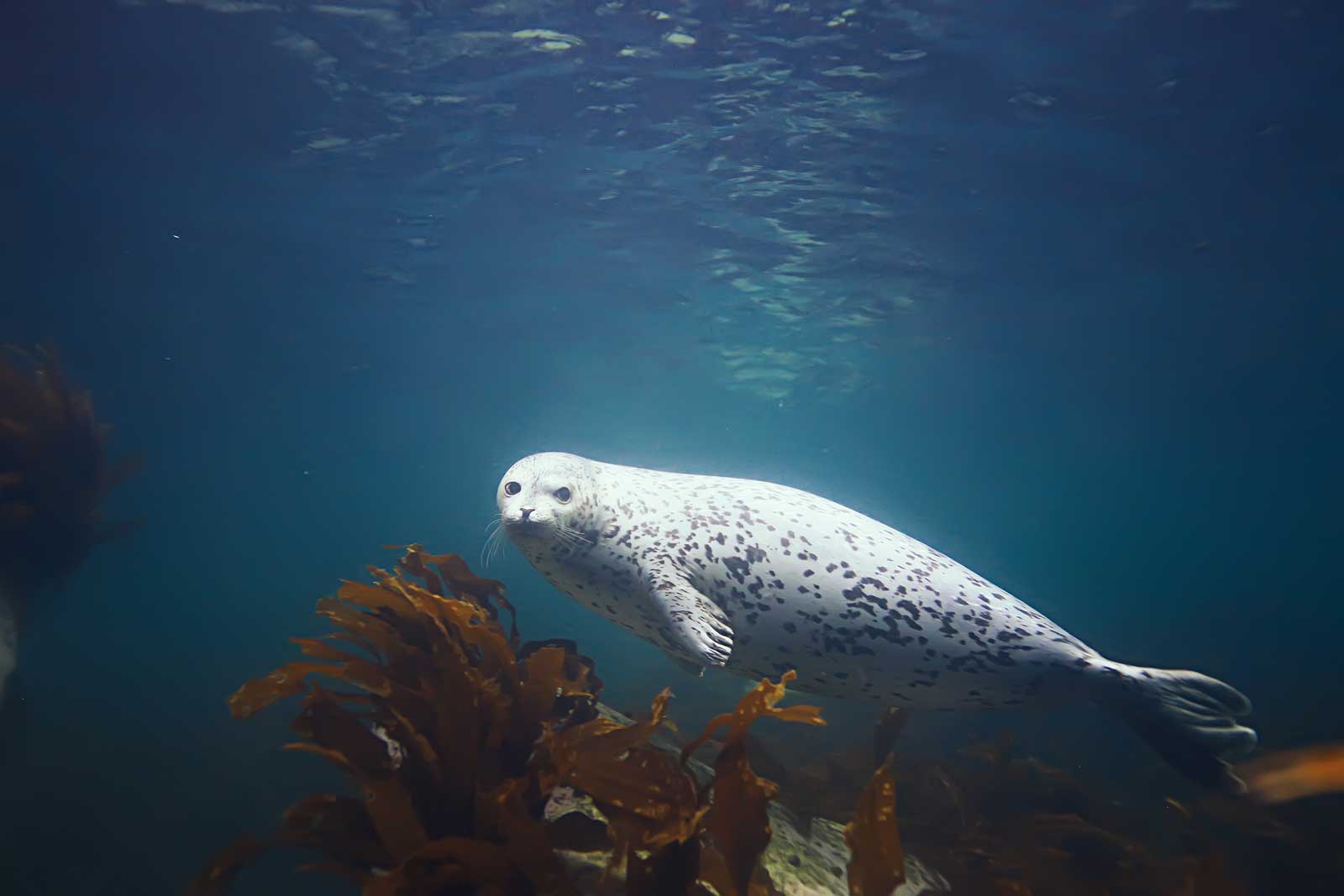
March 2019 saw the publication of new marine mammal exposure criteria from Southall et al. The paper utilises research from the NMFS (2018) study that introduced the weightings and criteria that we and the underwater noise industry currently use. After thoroughly analysing the new report we found that the weightings and criteria presented in Southall’s paper are actually identical to those from NMFS, with a one minor difference; the naming of the marine mammal groupings.
The four main groups that we used from the NMFS paper were low-frequency cetaceans (LF), mid-frequency cetaceans (MF), high-frequency cetaceans (HF), and phocid pinnipeds in water (PW). Southall keeps the same frequency responses but renames these same four groups, respectively, to be low-frequency cetaceans (LF), high-frequency cetaceans (HF), very high-frequency cetaceans (VHF) and phocid carnivores in water (PCW). All of Subacoustech’s upcoming modelling and reporting will utilise the new Southall naming convention for these criteria.
References:
• Southall B L, Finneran J J, Reichmuth C, Nachtigall P E, Ketten D R, Bowles A E, Ellison W T, Nowacek D P, Tyack P L (2019). Marine Mammal Noise Exposure Criteria: Updated Scientific Recommendations for Residual Hearing Effects. Aquatic Mammals 2019, 45(2), 125-232, DOI 10.1578/AM.45.2.2019.125.
• National Marine Fisheries Service (NMFS) (2018). 2018 Revisions to: Technical guidance for Assessing the Effects of Anthropogenic Sound on Marine Mammal Hearing (Version 2.0): Underwater Thresholds for Onset of Permanent and Temporary Threshold Shifts. U.S. Dept. of Commer., NOAA. NOAA Technical Memorandu, NMFS-OPR-59.
Link:
https://www.aquaticmammalsjournal.org/index.php?option=com_content&view=article&id=1886:mari...




